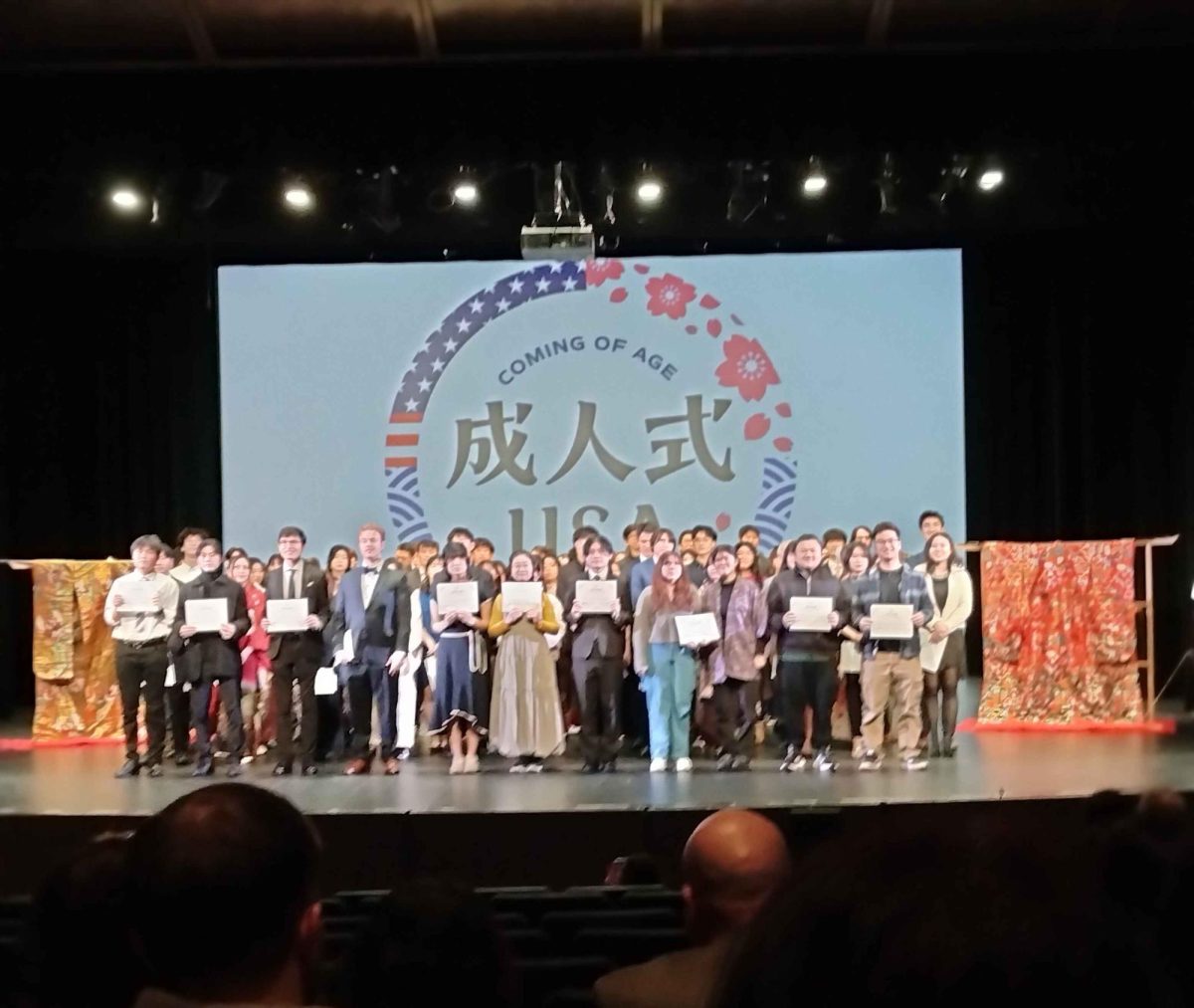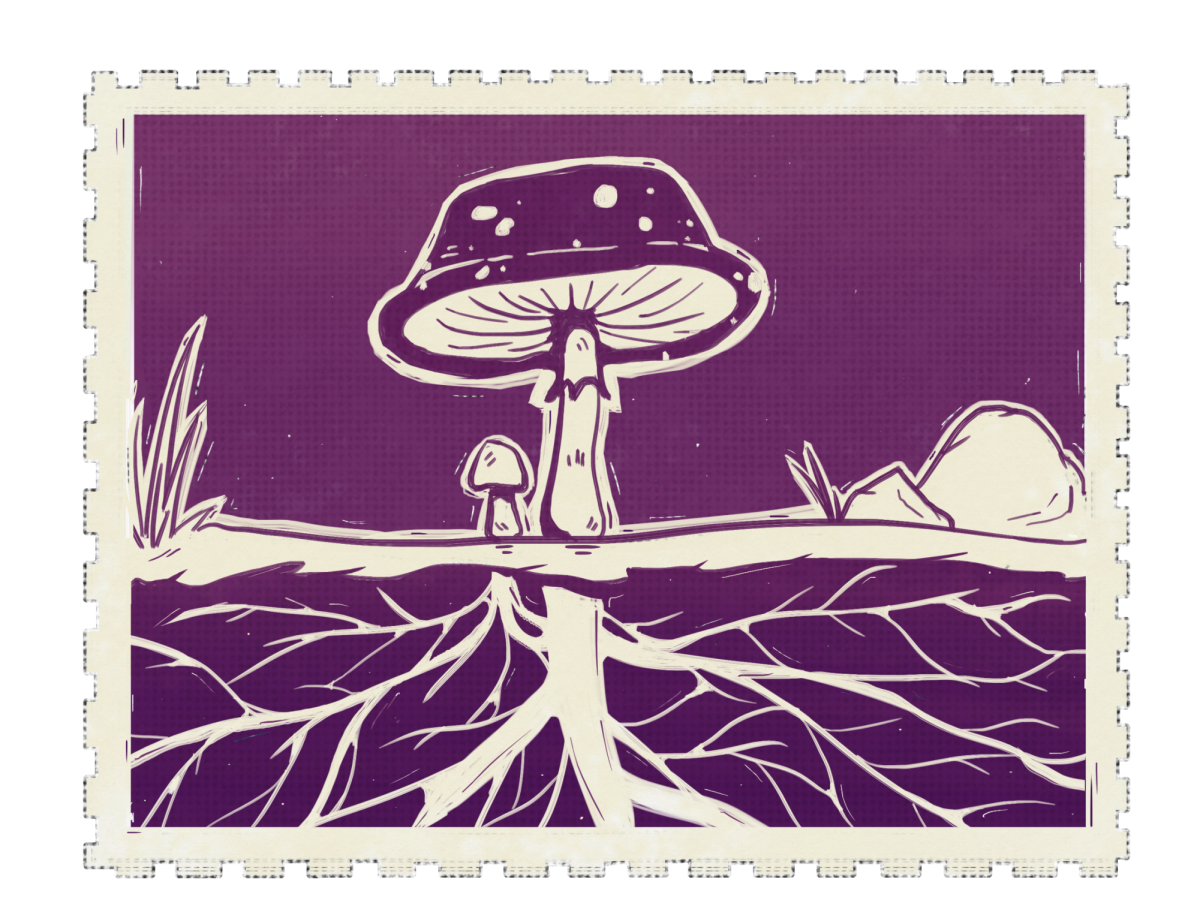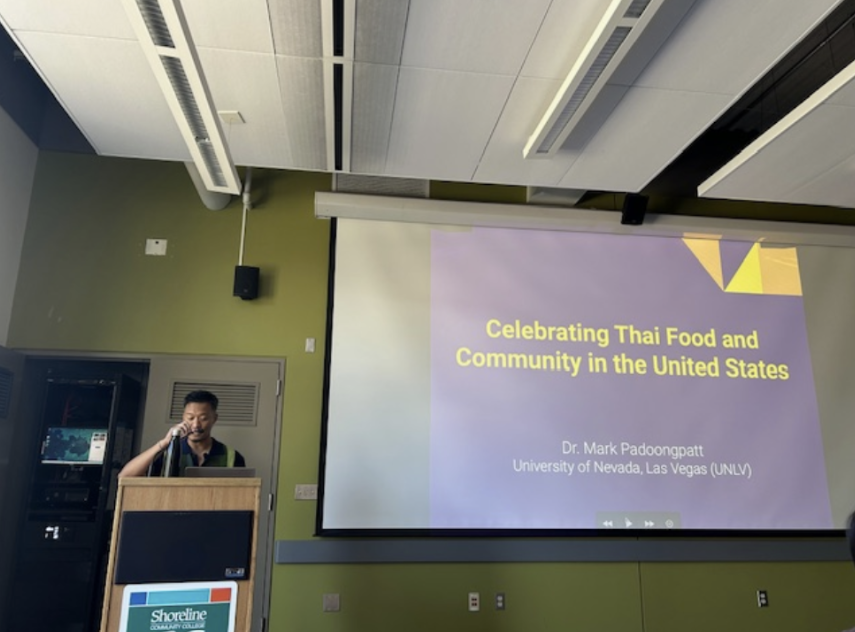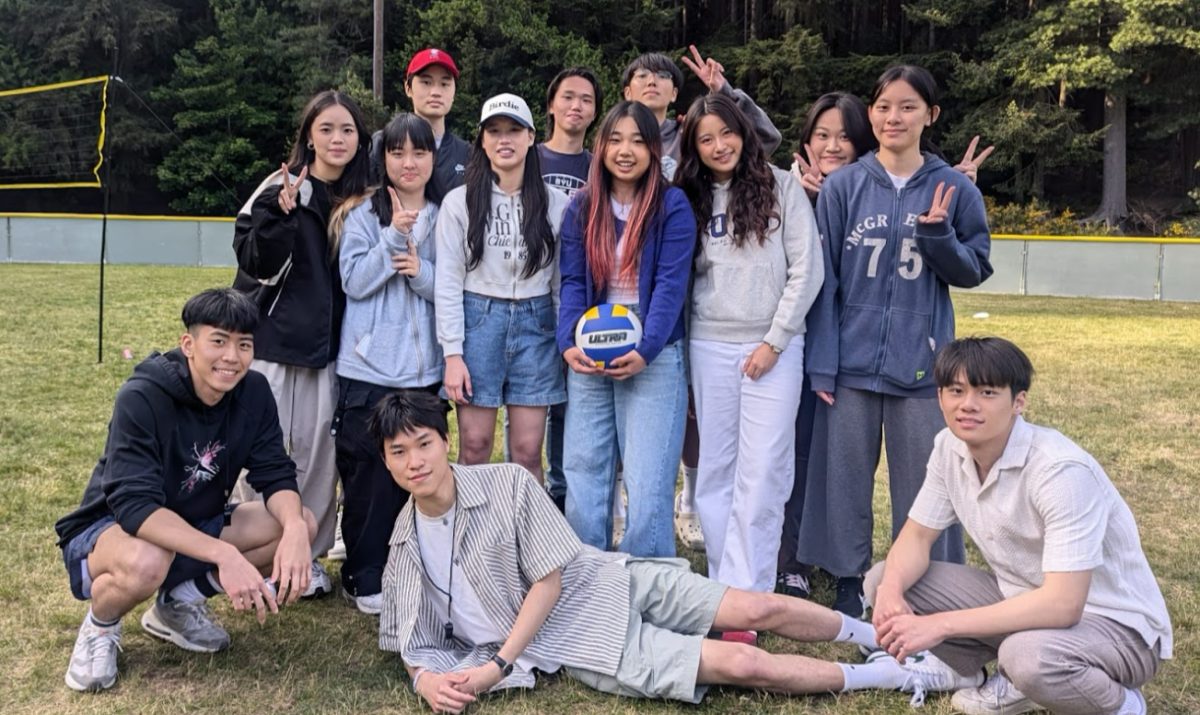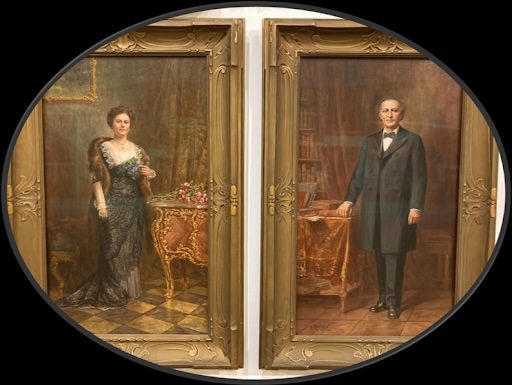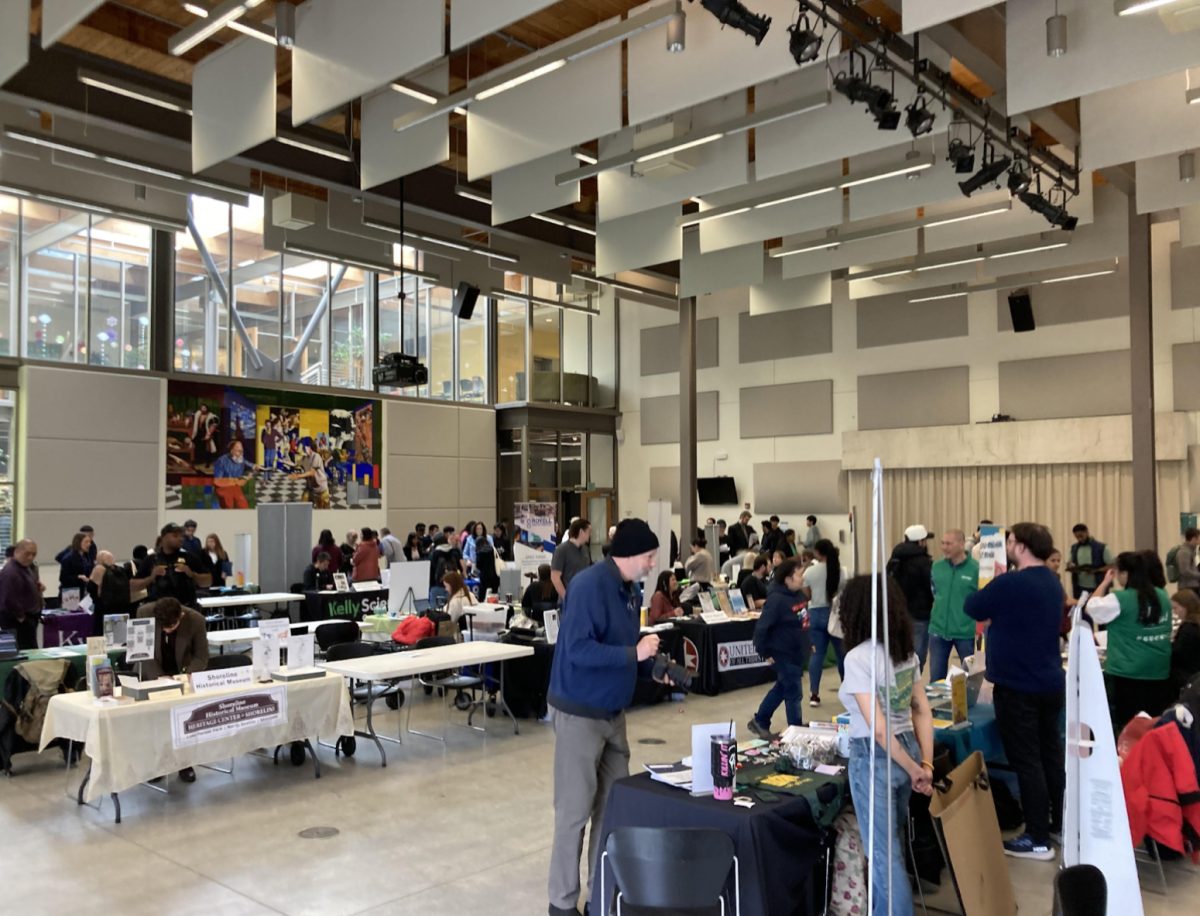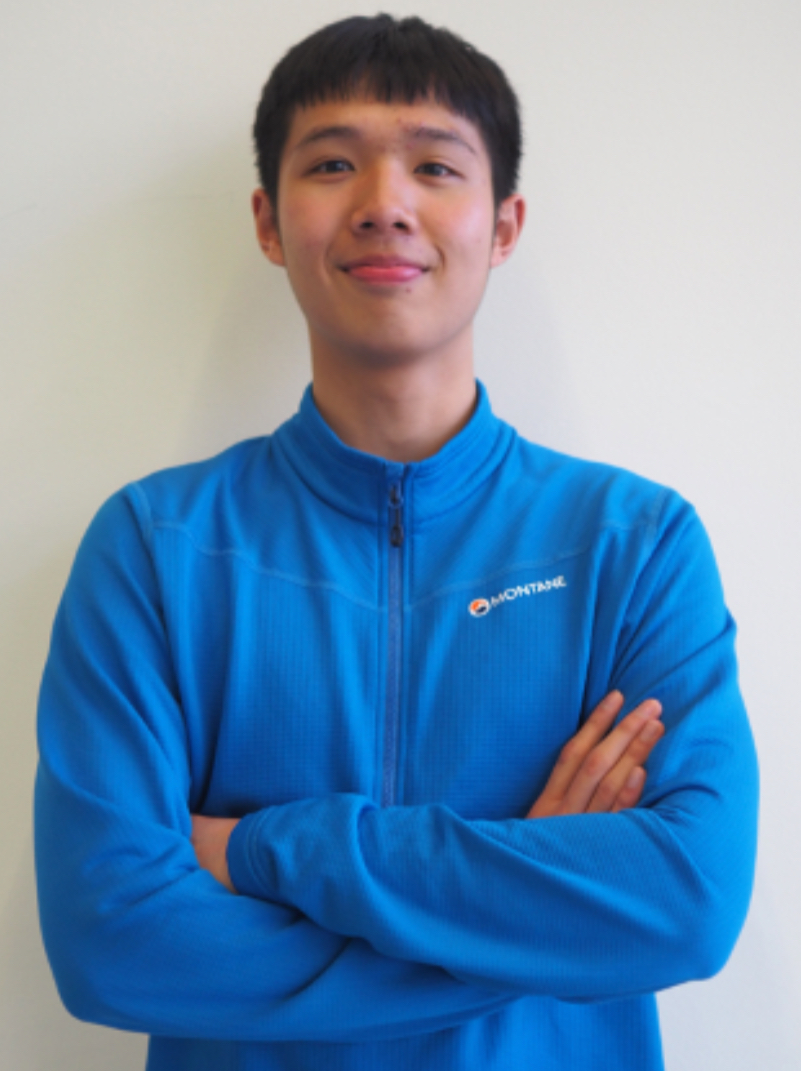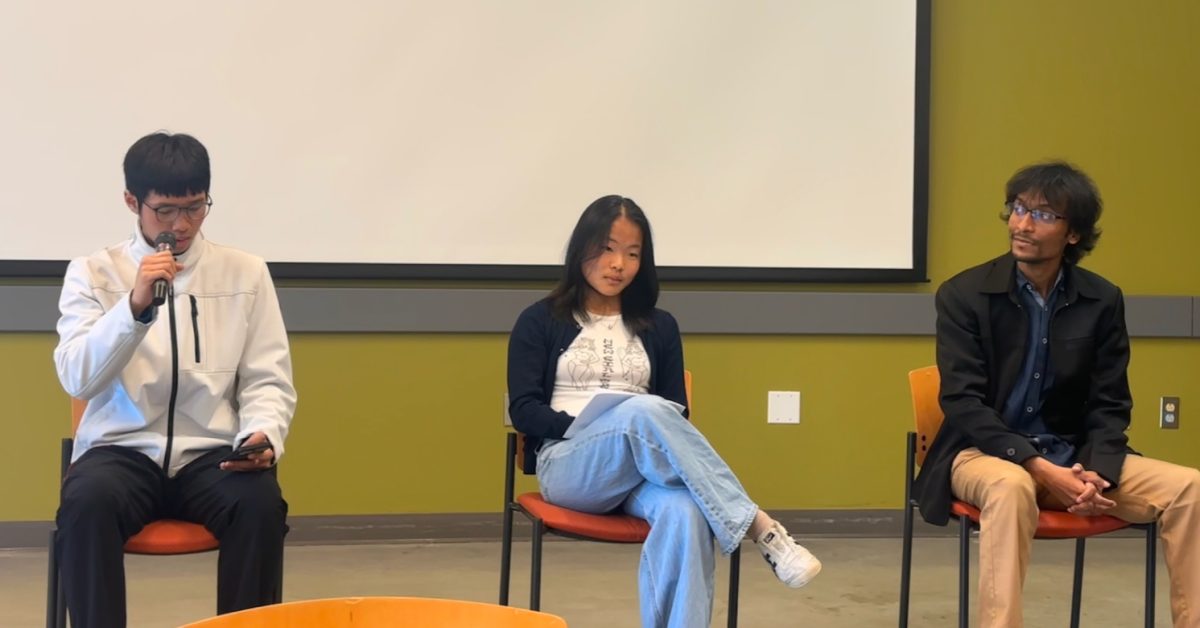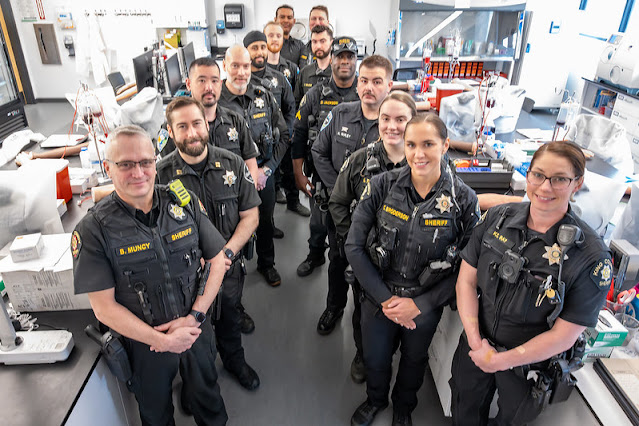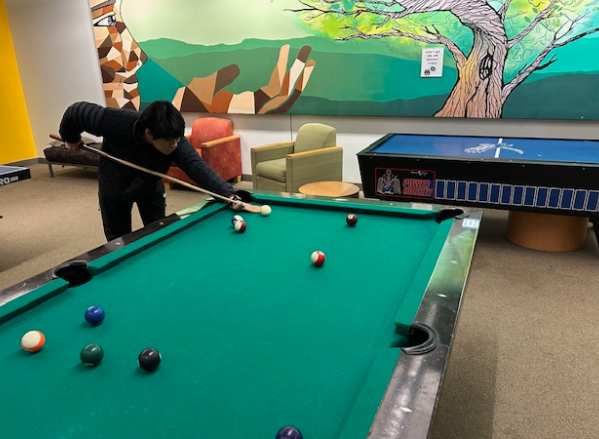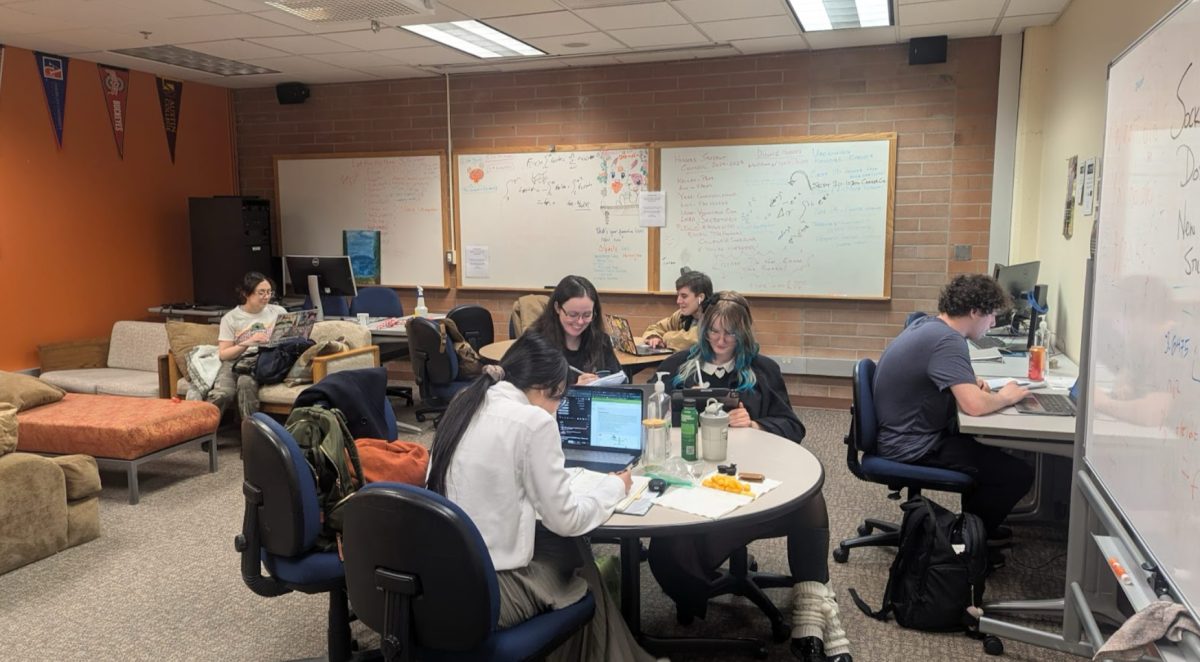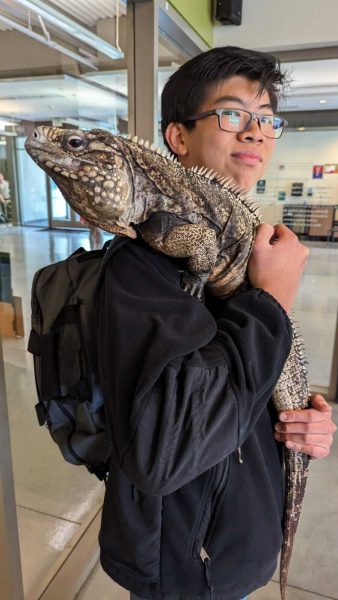Students from campuses all over Washington state and Japan attended Seijin-Shiki USA on Jan. 19. The Japanese in America Foundation (JIA) hosts this event annually, with this being the sixth iteration. Their mission is to create a community for Japanese people and those interested in their culture. Seijin-Shiki celebrates coming of age for 20-year-olds, who are called Seijin.
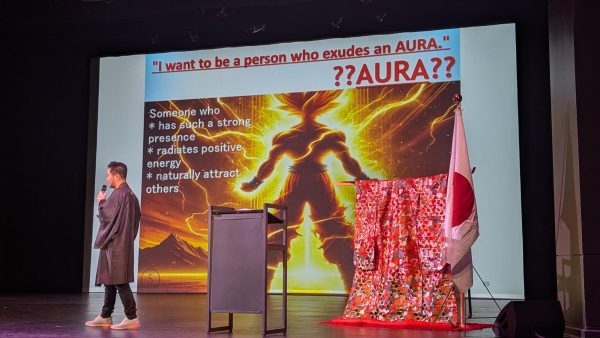
The Consulate-General of Japan in Seattle, Junichi Sumi, spoke about how to find your path in life and stressed the importance of learning from failure. He said that what motivated him to start his globe-trotting adventures was the desire to exude an “aura” — to be someone with charisma and self-assuredness. Sumi wasn’t satisfied with his life or his hometown of Izumo until after he’d become proactive about pursuing the things that interested him (language learning, horse riding, cooking, etc). He is now a cultural ambassador for Izumo and has met the heads of state of several countries (including the US, Japan, and Iran).
Rei is a Seijin and exchange student at the University of Washington. She shared, “Originally, I lived in Japan, and I came [to study] for a year at the UW. I was sad missing out on the Seijin-shiki back in Japan. It was a really good opportunity to join it here. I got to see everyone celebrating it in the US as well. It was really nice to see that.”
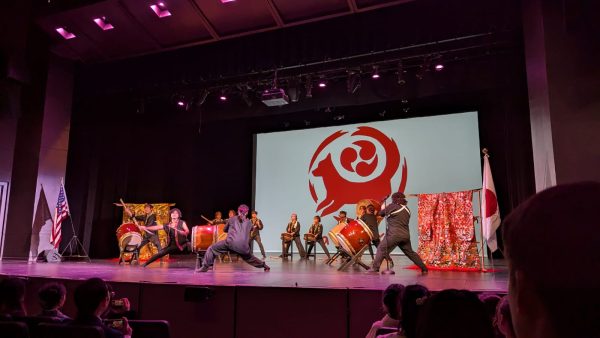
Two groups of musicians performed on stage: Koto no WA and the Taiko Kai program from the UW. The Koto and Taiko drums are both traditional Japanese instruments. A Koto is a string instrument that lays on a stand at about knee height and is similar in dimensions to a piano keyboard. It is played with a gentle plucking motion and has a refined sound. Taiko drums are played with an athletic enthusiasm and produce a sound that you not only hear, but feel.
Steven, a Seijin from the U.S. who lives with an international student from Japan, was invited by Rei to join her at the event. His favorite part of Seijin-Shiki USA was “the drums at the end [of the UW Drum Program] … I loved watching it, especially after hearing all the speakers. Their energy, love, and passion for their performance were outstanding!”
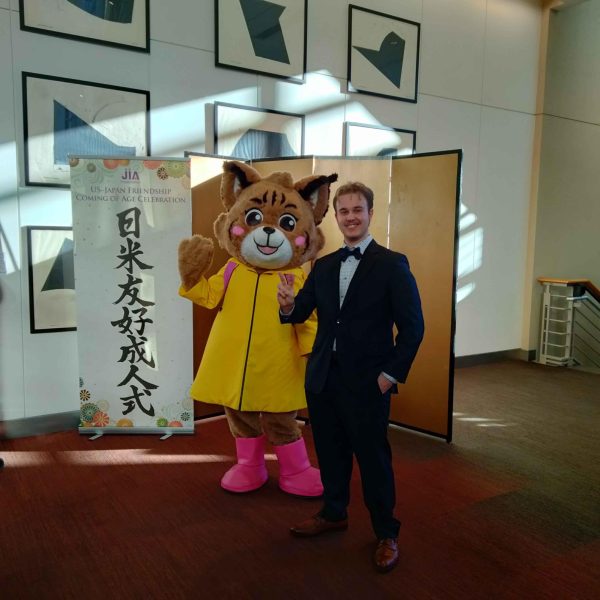
Being a new Seijin can feel “scary,” said William, another Seijin. “We have to be adults and take on the responsibilities of one, but it is also an opportunity to grow, have confidence in ourselves, and do better in the future. If you believe in yourself and have hope, you will definitely make it.”
The history of coming of age celebrations in Japan started with Genpuku from the Nara period (710 – 794). The participants would change their hairstyles and clothing to show their status as adults. In 1946, after WWII, the town of Warabi threw a celebration for young people to give them hope towards building a better future for Japan. The tradition became an official national tradition in 1948 when the government signed it into law, though it wasn’t called Seijin-Shiki until 1949.


